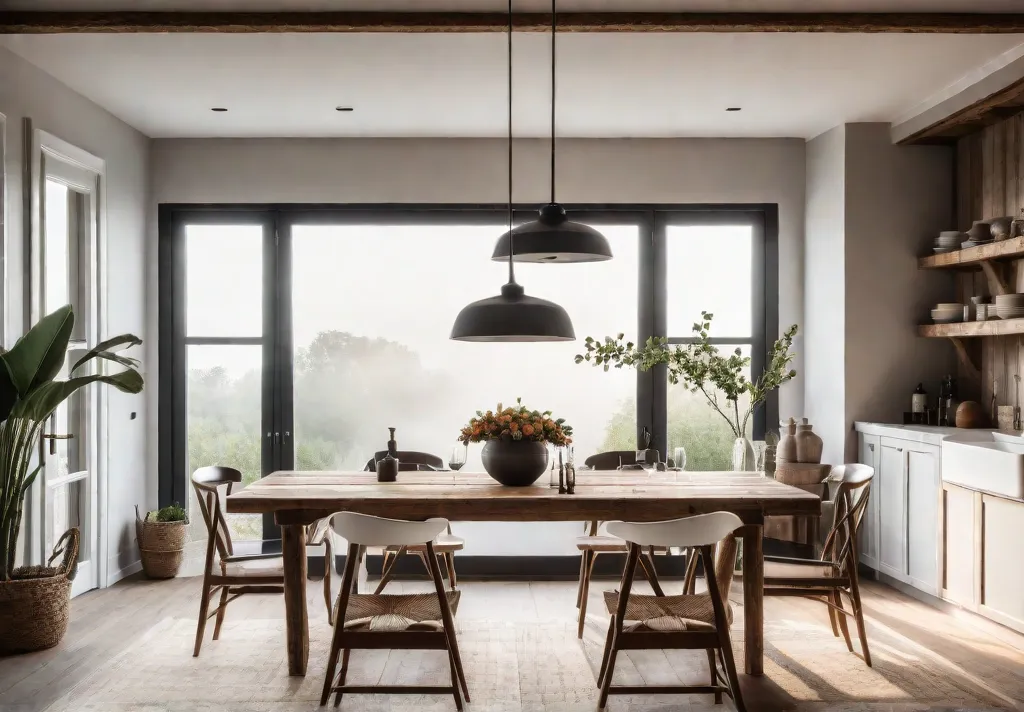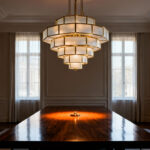You know that feeling when you walk into a room and instantly feel… calm? Like you can finally take a full breath. Often, it’s not one single thing but a quiet harmony of elements. The warmth of wood, the story in a worn texture. This is the heart of the farmhouse appeal—it’s not just a style, it’s a feeling. It’s a gentle pushback against the slick, impersonal world, a chance to ground ourselves in something real.
And what’s more real than gathering around a table you built with your own hands? The scent of sawdust, the satisfaction of a solid joint—it’s primal. When you build your own farmhouse table, you’re not just making furniture. You’re crafting the future centerpiece of your family’s life. It’s the backdrop for pancake breakfasts, late-night talks, and holiday dinners. Honestly, it’s where the messy, beautiful parts of life happen.
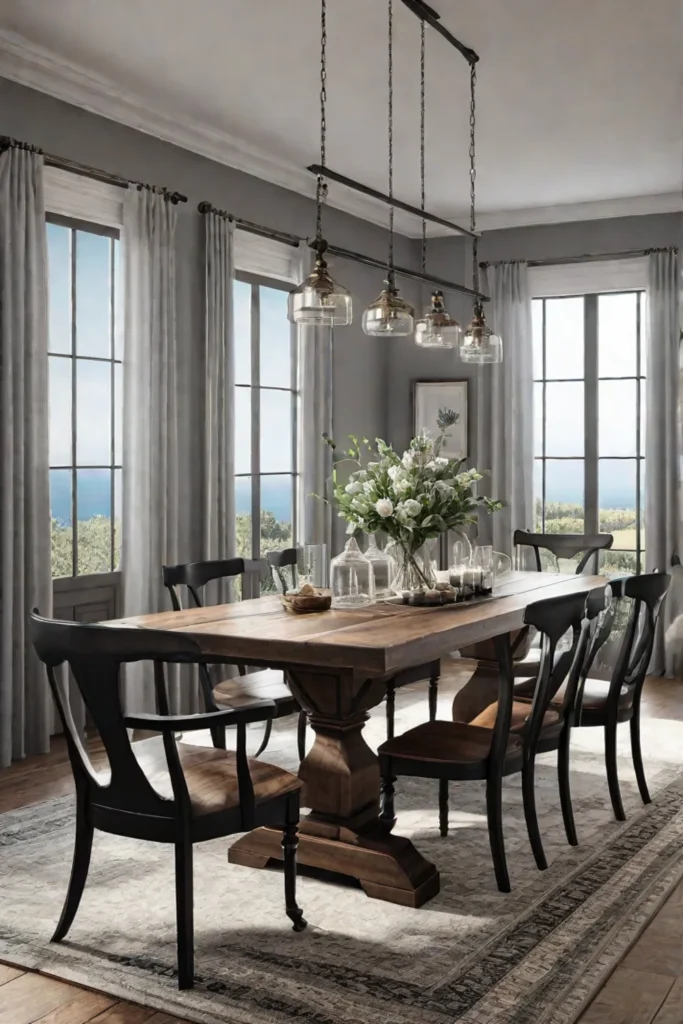
So, forget the idea that you have to be a master woodworker to do this. These projects are about connection—to the materials, to your home, and to the people you’ll share it with. Let’s explore some ways to build a piece that tells your story.
The Reclaimed Wood Table: A Soulful Storyteller
There’s a reason we’re so drawn to reclaimed wood. It has a story. In my work, I talk a lot about the psychology of texture—how our minds crave connection to history and nature. A plank pulled from an old barn has a depth you just can’t fake. Each nail hole, each dark stain isn’t a flaw; it’s a chapter. It’s tangible history. Running your hand over that surface connects you to a past life, and bringing it into your home is a powerful act of preservation.
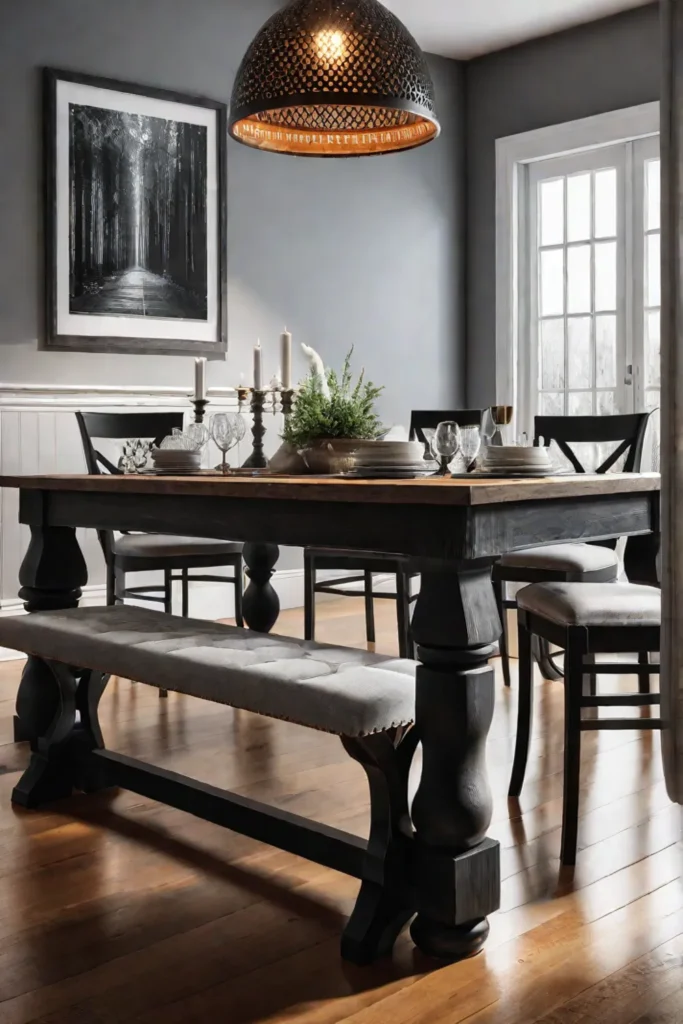
I remember finding some boards from a decommissioned textile mill for a client’s project. They had these faint, rhythmic wear patterns from decades of machinery vibrating against them. We didn’t sand those away. Why would we? That was the soul of the piece. Sourcing your wood from a local salvage yard or an architectural antique shop is part of the fun—it’s a treasure hunt. Don’t just look for wood; look for a story that speaks to you. Once you have it, the goal isn’t to make it perfect. It’s to clean it up just enough—pulling old nails, sanding away the splinters—to make it livable, while keeping the character that made you choose it in the first place. You’re not erasing its past; you’re just starting its next chapter.
The real beauty of this process is that perfection is the enemy. Embracing the slight warp in a board or the uneven coloration is what will make your table a completely unique, unrepeatable masterpiece. When your friends gather around it, the table itself becomes a conversation starter, a piece of art with a history embedded right into its grain.
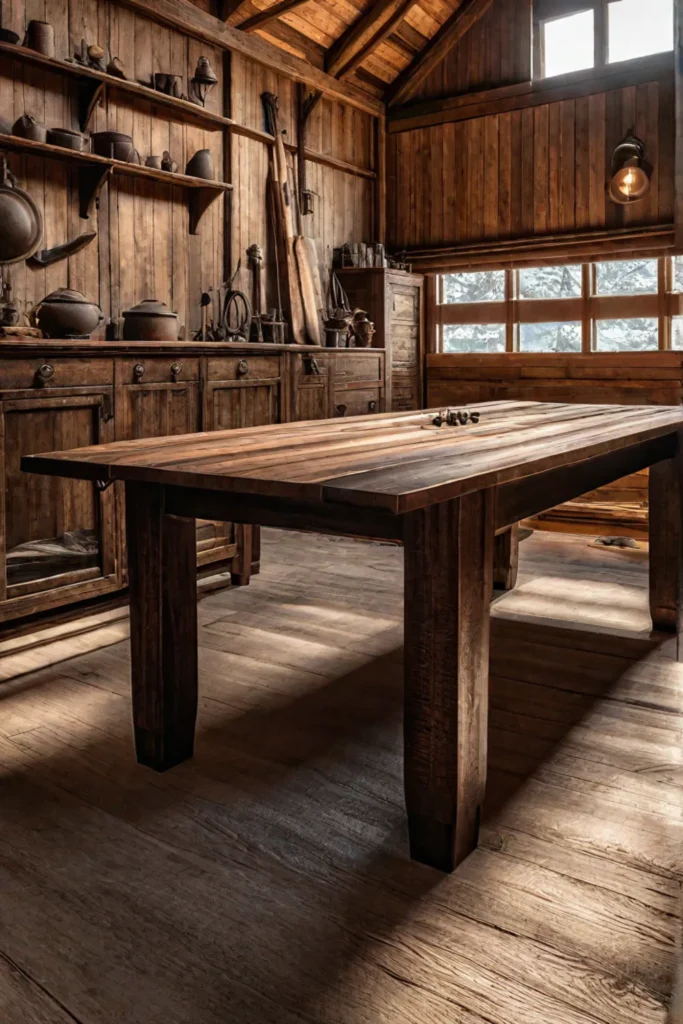
Turned Legs: Where Strength Meets Grace
Now, let’s talk about adding a little elegance to the rustic frame. A farmhouse table with turned legs is fascinating because it plays with psychological contrasts. You have the raw, heavy, honest tabletop, and then you have these shapely, almost delicate legs supporting it. What this does to our brain is create a beautiful tension. It signals that this piece is both strong and refined, grounded and graceful. It’s a common misconception that farmhouse has to mean clunky. Not at all.
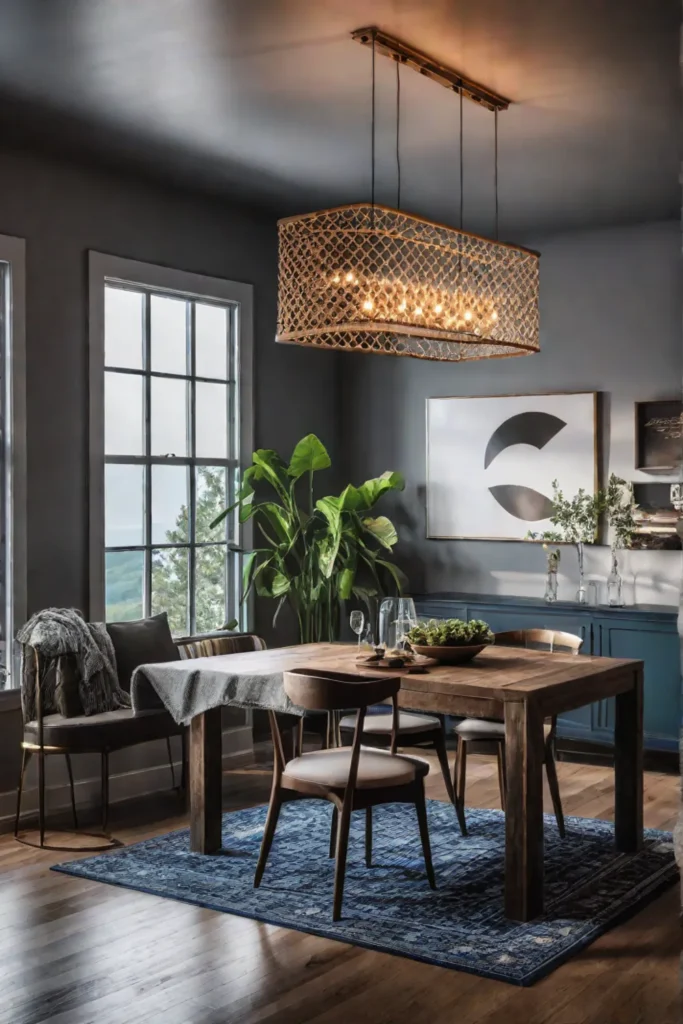
This is where the artistry really comes into play. If you’ve never used a lathe, don’t be intimidated. It’s a rhythmic, mesmerizing process. Watching a square block of wood spin and slowly become a series of soft curves is incredibly satisfying. It’s a dance between you, the tool, and the wood. The type of wood you choose here is key. Oak will give you a classic, sturdy feel, while something like walnut offers a deeper, more dramatic elegance.
When you join those finished legs to the tabletop, you’ll see it. That perfect marriage of rustic and refined. The final finish is your signature. You could use a simple clear coat to let the natural wood shine, or you could paint the legs a contrasting color—a soft, creamy white or even a moody, dark gray—to really make them pop. The choice tells a different story about your style.
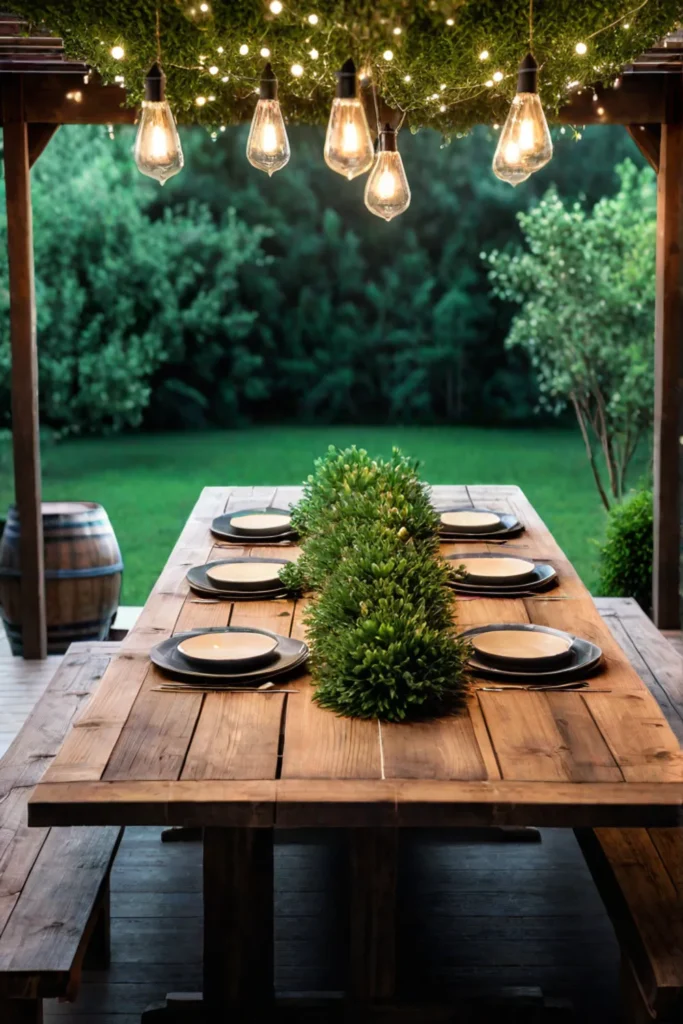
The Trestle Base: An Anchor of Community
The trestle table is an icon for a reason. Its design is rooted in history—think of monastic dining halls or bustling Viking longhouses. Architecturally, it creates a sense of unshakable stability. Psychologically, it does the same thing. A trestle base says, “This table is here to stay. This is a place of permanence and gathering.” For a family dining space, that’s a powerful, unspoken message.
What I love about the trestle design is its visual honesty. You can see exactly how it works—the two end supports connected by a long stretcher. There’s no mystery, just solid, dependable engineering. But here’s the tricky part—it can look heavy if you’re not careful. The magic is in the details. You can design it with elegant curves, add decorative joinery like keyed tenons, or keep it stark and minimal. It’s surprisingly versatile. I’ve seen trestle tables that feel airy and almost Scandinavian, and others that feel like they belong in a mountain lodge.
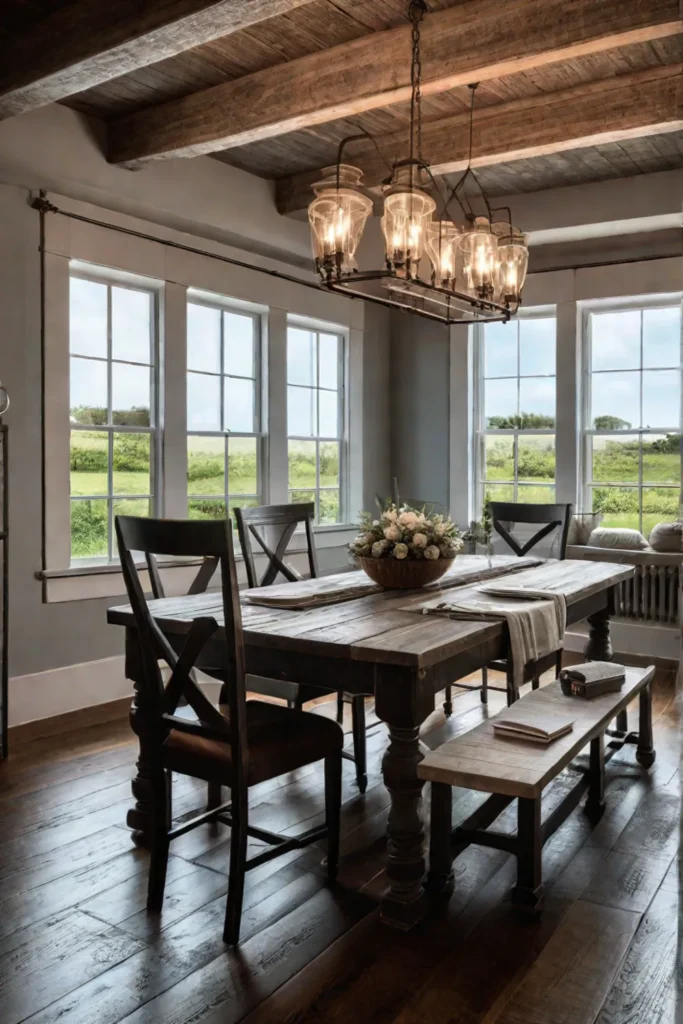
When you’re building it, precision is your friend. This foundation has to be rock-solid, a dependable anchor for everything that will happen on its surface. Attaching the tabletop is the final, rewarding step where it all comes together. The result isn’t just a table; it’s a piece of domestic architecture that fundamentally shapes the room, creating an unmistakable focal point for connection.
Built-In Benches: Engineering Intimacy
If you really want to change the social dynamics of your dining space, swap the chairs for benches. It might seem like a purely practical choice—and it is a fantastic space-saver—but the psychological shift is what truly gets me. Individual chairs create subtle personal bubbles. Benches dissolve them. They ask us to share space, to scooch over, to be a little closer. It’s inherently more communal and less formal.
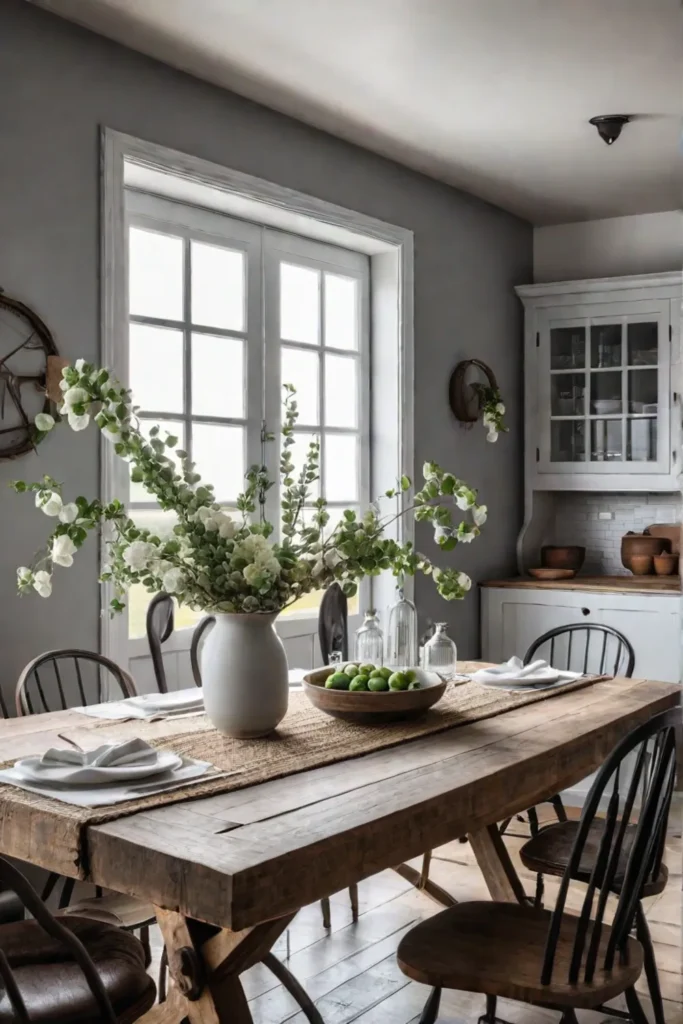
Think about it: the coziest restaurant booths almost always use bench seating. It’s an intentional design choice to foster intimacy and lingering conversation. When you design benches for your table, you have full control over that dynamic. Will they have a high back for more support and a sense of enclosure, or be simple, open benches that feel casual and free? Will you add cushions for comfort? I once worked on a project where we used a rich, dark blue velvet for the bench cushions against a light pine table, and the color and texture immediately signaled “cozy” and “inviting.”
Building the benches requires the same care as the table. They need to be sturdy and, crucially, comfortable. Pay attention to the height and depth to ensure people actually want to sit there for a while. Integrating them with the table creates a single, unified piece that feels incredibly intentional. It’s a statement that says, “This space is for togetherness.”
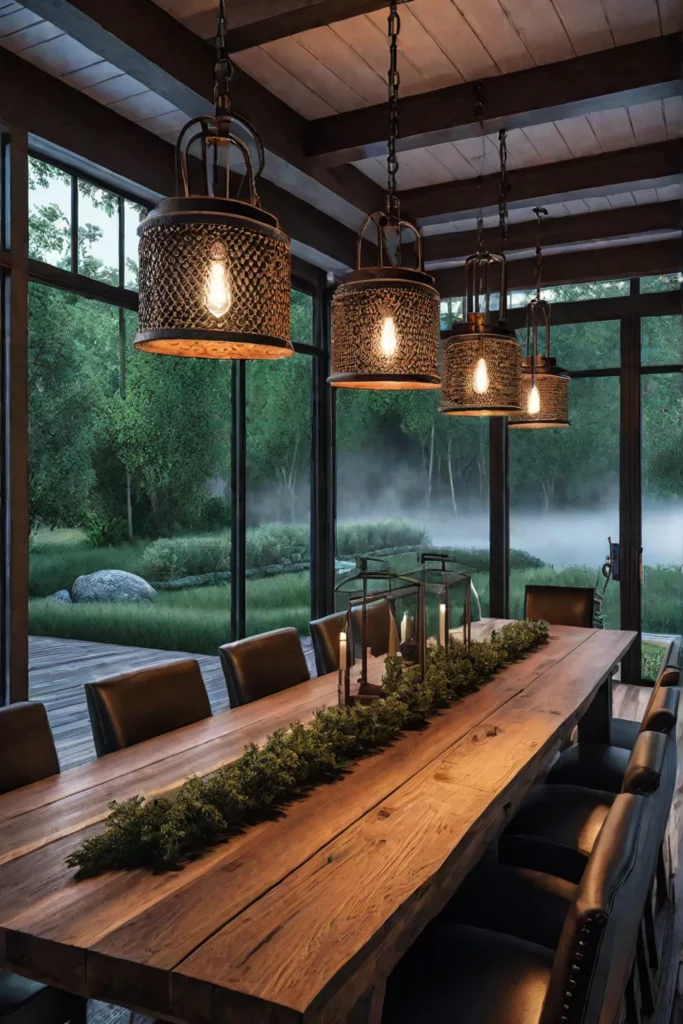
The Repurposed Table: A Story of Redemption
This might be my favorite category because it’s about seeing potential where others see junk. Taking an old, forgotten piece of furniture and giving it a new life as a farmhouse table is an act of creative redemption. It’s fundamentally sustainable, sure, but it’s also deeply personal. You’re not just a builder; you’re a collaborator with the past.
The hunt is everything. That dusty old dresser in a thrift store, a solid-core door from a salvage shop, a vintage workbench with paint splatters from a past life—these are your starting points. I once saw a client turn an antique architect’s flat-file cabinet into the base for a stunning dining table. The drawers were perfect for storing linens and silverware. It was brilliant. The first step is a careful deconstruction, revealing the bones of the piece.
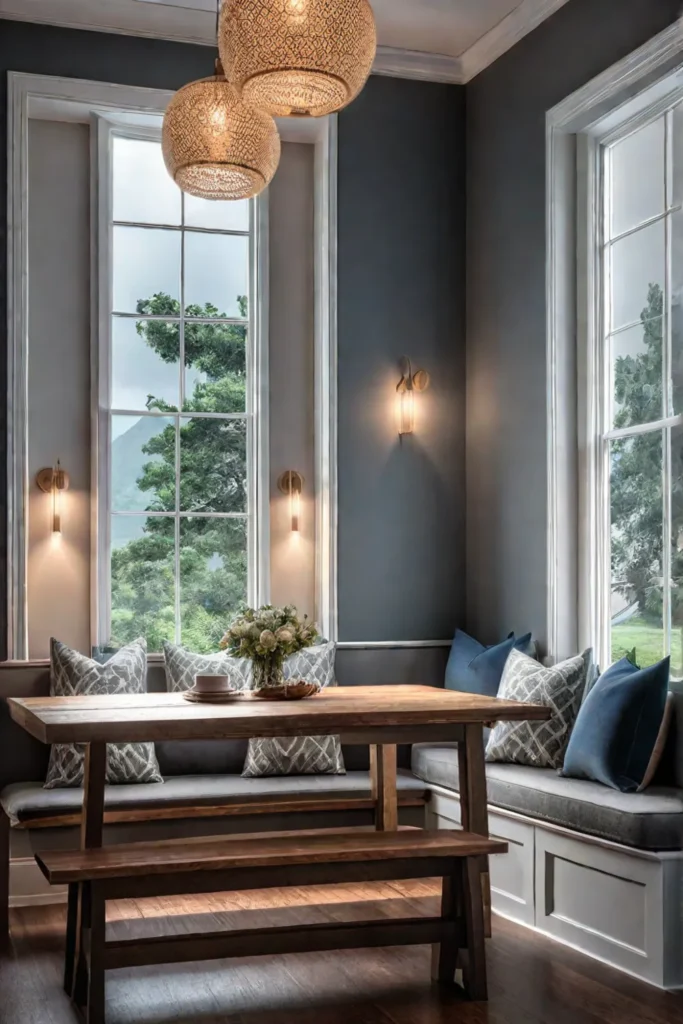
This is a true fusion of old and new. As you sand down old finishes, you’re literally stripping away the past to reveal the beauty underneath. Then, you get to integrate new elements—maybe a top made of new planks or a set of sleek metal legs to contrast with the aged wood. It’s a design conversation between eras. Assembling it all is like solving a puzzle, creating a final piece that is a rich tapestry of different histories. The final table doesn’t just have character; it has a narrative of transformation that you got to write.
Your Table, Your Story
In the end, what you’ve created is far more than wood and screws. You’ve built an anchor for your home. This is the stage for your life’s small, significant moments. The marks and scratches it will gather over the years won’t be damage; they’ll be a physical record of your life—the time your kid jabbed it with a fork, the wine stain from a night of laughter with friends, the groove worn in from countless shared meals.
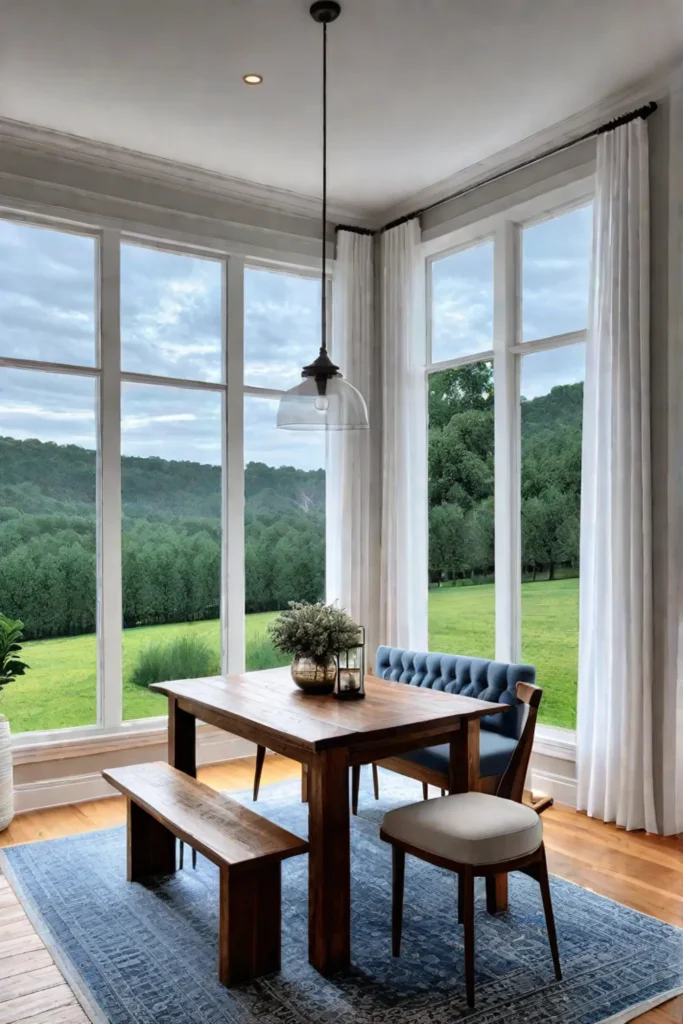
This piece becomes a part of your family’s story, an heirloom that holds memories in its very grain. The pride you feel isn’t just about the finished object; it’s about the intention you poured into it. You made a conscious choice to create a space for connection. So gather your people, pull up a seat, and let the memories begin. After all, isn’t that the whole point?
